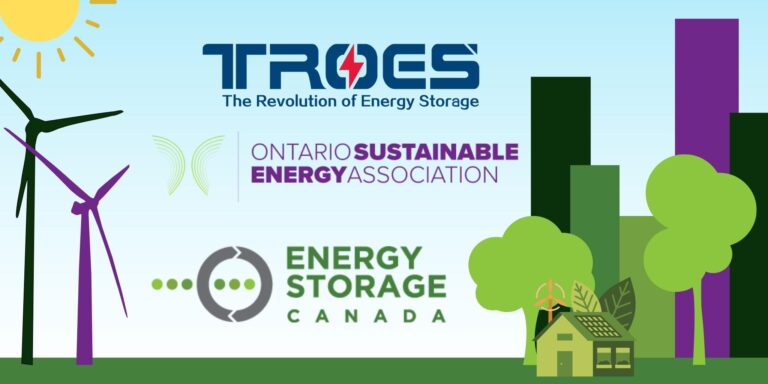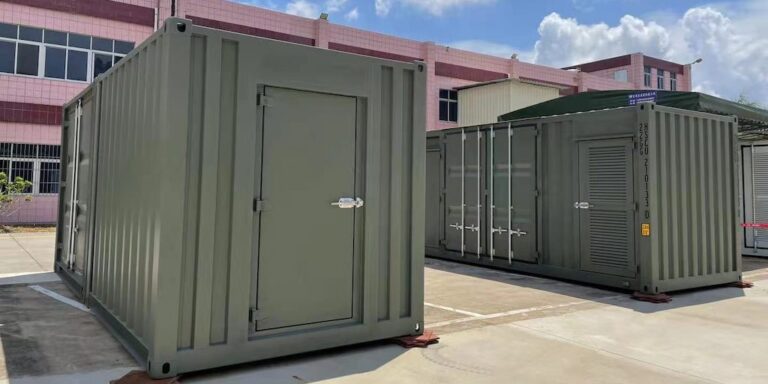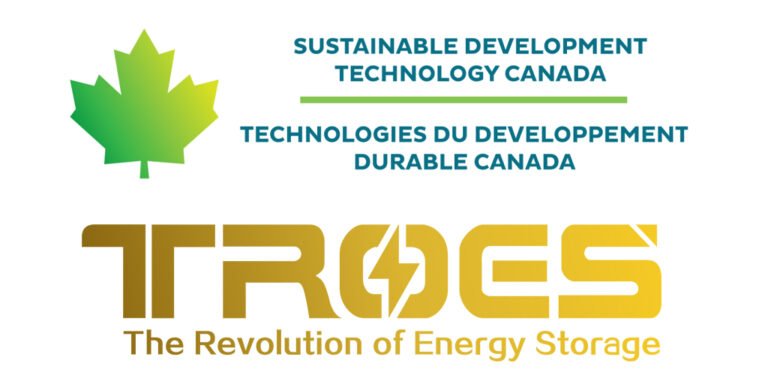Battery Storage: Key to Saving Texas From Another Power Grid Collapse
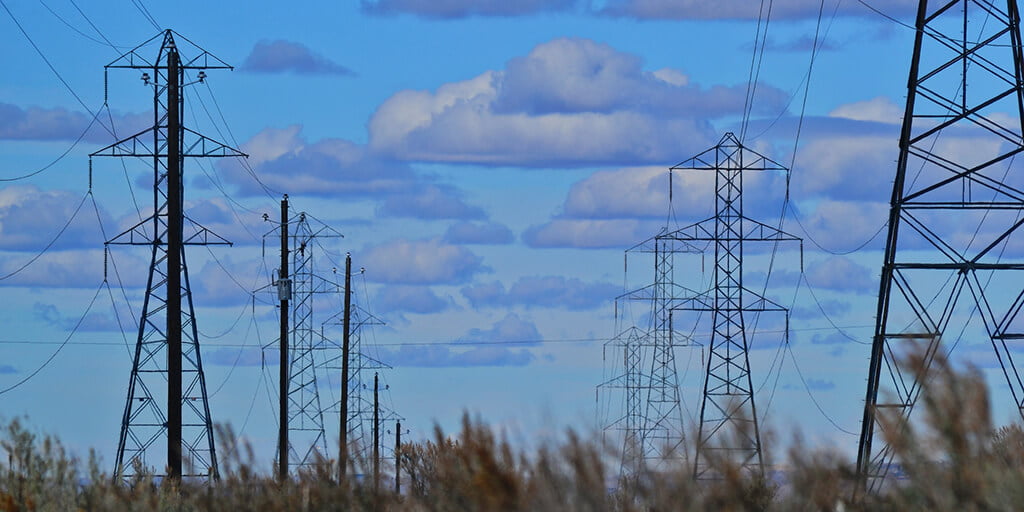
Millions of Texans endured life-threatening conditions last February as the unprecedented severe winter storm Uri swept across the border of Texas and Mexico. The “polar vortex” challenged the Natural Gas supply mechanisms preventing power plants from getting sufficient gas to burn and generating power; nuclear plants and wind turbines that were not winterized could not withstand the sub-zero temperatures1.
Parker Fawcett, a natural gas analyst for S&P Global Platts, says that the primary factor contributing to the frozen operations of the Natural Gas plants caused by extreme winter weather to be: “gathering lines freeze, and the wells get so cold that they can’t produce… And pumps use electricity, so they’re not even able to lift that gas and liquid, because there’s no power to produce.” (Texas Tribune). Electric compressor pumps are a crucial part of the natural gas system that was knocked down by electricity shutdown. The shutdown caused the whole cycle to break while the Natural Gas system needed the pumps to operate the plants and the electric pumps.
The key to preventing another Texas power grid collapse: battery storage.
How Battery Storage Can Protect Texas
As the Electric Reliability Council of Texas works out protective measures to withstand a future storm, homeowners and business owners are taking it upon themselves. Battery Energy Storage Systems (BESS) solution can work as the backup power at Natural Gas fields in case of power generation sources need to be brought back online.
Battery storage manufacture TROES Corp. has installed battery projects in North America and Europe and expects to build numerous systems to help commercial, industrial and institutional sectors with project requirements.
TROES Chief Executive Officer Vienna Zhou says battery storage is the future to protect Texas and other communities from blackouts. “[Lithium-ion battery storage] can provide continuous power during peak and potential blackout events by providing battery energy storage solutions in a distributed manner. BESS can be used as a virtual power plant (VPP) or as a ‘dual battery’ solution that powers the compressor pumps and charges one of the two batteries at the same time from the grid as the compressor pumps are operating.”
According to the International Energy Agency, the renewable energy market is expected to make up 30 percent of the world’s energy by 2024. An advantage of battery storage is the ability to charge the batteries using renewable sources like solar, hydro, and wind.
Since 2007, renewable capacity has grown globally every year besides 2020 due to the pandemic. IEA forecasts in 2021 that the world will bounce back and hit 2019 levels pre-pandemic.
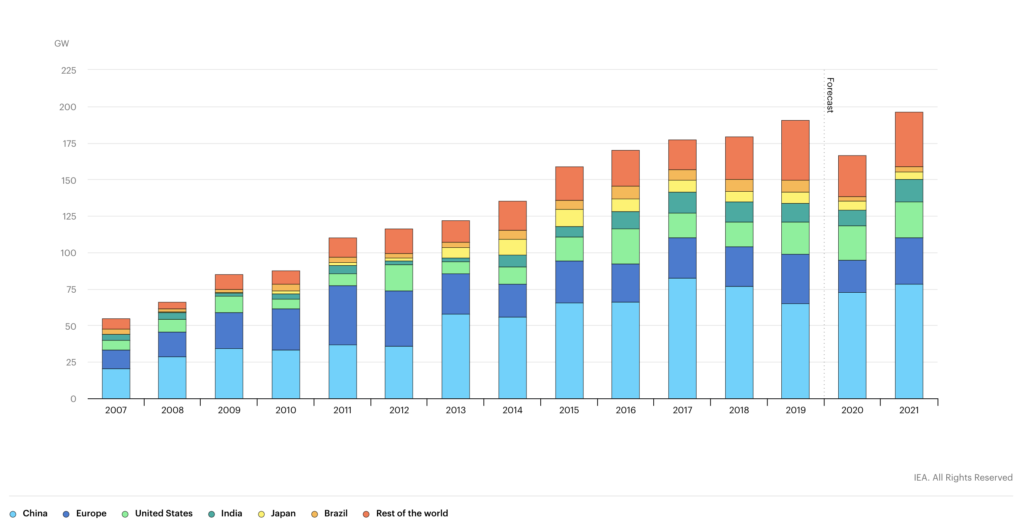
“Texas, a predominately warm State, can leverage solar to charge the batteries and then discharge them during peak periods. Everyone from small commercial buildings to large government offices and utility companies can benefit to reduce energy costs, have backs for critical load, cut emissions, and improve grid stability.”, notes Vienna. She also mentions that “TROES designs and develops modular and flexible systems between 100kWh-40MWh+”.
With Summer blooming in and the cold weather behind us, Texas will get far more value long-term from microgrids and storage systems than maintaining old fossil fuel plants using Natural Gas. Batteries can extend the life of Natural Gas generators by delivering electrical power during peak demand reducing the load while offering uninterrupted power. Renewable energy sources can be paired with batteries and do not rely on fuel, thereby not being affected by pipelines freezing or getting damaged.


